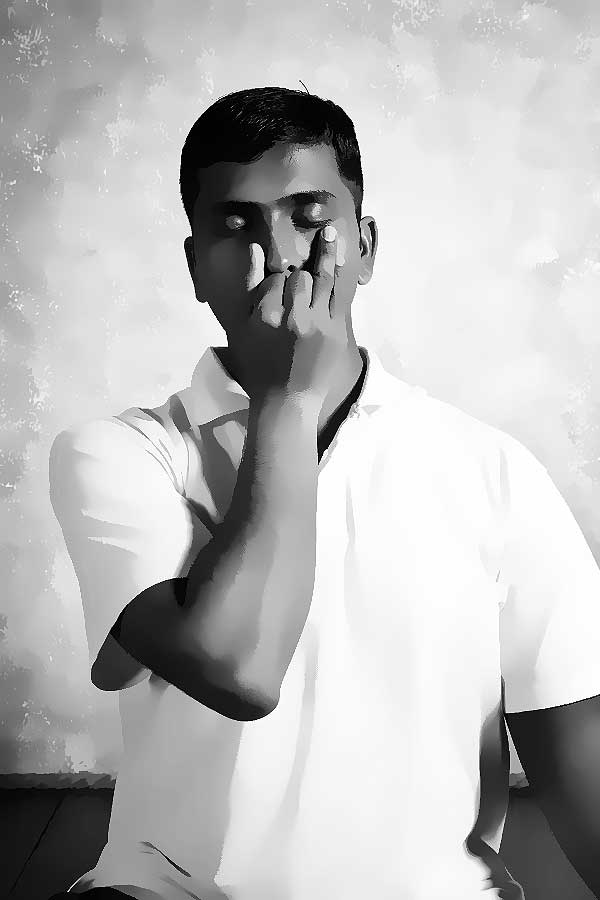
Yoga without respiration is just like a sundae without ice cream: it is hopeless. Without the breath, yoga becomes merely stretching or exercise.
The breath is the vital force; the crucial energy needed to reside. There are over 50 different pranayama techniques and sorts, each practiced with distinct purposes and goals.
In a yoga class, it could be daunting when your teacher cues one to inhale and exhale while simultaneously going into yoga poses. However, the breath serves a crucial purpose in yoga. When you focus on your breath, your movements are more intentional as well as your thoughts become more focused in the here and now. Your brain is prepared for meditation and deep relaxation, when breath work is combined into your yoga practice.
As you become much more adept at the basics yoga breathing techniques start only and progress. Generally, yoga breath is done by breathing in through the nose. As you inflate your lungs when you inhale, the body expands. When you exhale, you deflate.
Dirgha Pranayama: The Three-Component Breath
Dirgha Pranayama is an excellent breath practice for novices and experts. There aren't any contraindications to the breath also it may be performed whether you are sitting in a desk chair or laying on a yoga mat.
Dirgha means three-components. When you practice dirgha breath you totally inflate all of the lobes of your lungs. Most people breathe shallowly--using just about 20 percent of our lung capability. Practicing dirgha on a regular basis will raise your lung capacity, oxygenate your blood and rest your nervous system.
To practice dirgha, start either in Simple Pose (sitting on a mat with legs crossed and back tall and straight) or putting flat on your back. Your eyes must be closed and begin to concentrate on the normal rhythm of your breath. Just observe it. Afterward:
Put both hands on your own tummy. As you inhale sense your stomach rise. In your exhale, sense your belly deflate as you lightly draw your navel straight back to your own spine. Continue with this particular general cycle for a couple rounds.
Next, transfer one hand from your belly to the side of your ribcage. Inhale and sense your belly rise. Inhale more and sense your rib cage expand. The sensation of your ribcage growing might be challenging to feel in the beginning, but even the smallest expansion is success. On exhales, gradually deflate your ribcage and after that your gut. Continue inhaling both of these parts--belly and rib cage, for a number of rounds.
Now, include the third part. Remove your hand from your belly and put in your collar bone. Inhale breath deeper and today first inflating your stomach, in that case your ribcage and sense your chest inflate. You need to feel your collarbone transferring. In your exhale, reverse the movements by deflating your belly, ribcage and finally your torso. Continue inhaling and exhaling these three parts-- torso, ribcage and gut.
At the ending of your breath practice, unwind your arms at your sides and allow your breath to go back to its normal rhythm.
Ujjayi Pranayama: The Ocean Breath
Like, dirgha breath, this is a easy, yet powerful breath practice. When practiced, Ujjayi breath seems like like the ocean or Darth Vader. This breath helps you to breathe efficiently and and also to focus the mind on your own yoga practice. The gentle sound draws your attention to the breath, which attracts your attention to the here and now.
Like dirgha breath, ujjayi is practiced by breathing via your nose. To rehearse Ujjayi breath, begin in a comfy seated or standing position. Close your eyes and your mouth. Begin breathing via your nose. Afterward, press your tongue to the roof of the mouth area. Continue breathing in during your nose. Detect the soft rumbling sound coming out of your nose. It might be loud or hardly perceptible. Continue with this breath for either a couple of rounds or for the whole yoga practice.
Nadi Shodhana Pranayama: Alternative Nostril Breathing
By training nadi shodhana, you will boost your brain, improve your slumber and calm your whole nervous system. It is a superb breath to practice as part of a meditation practice or just that will help you balance your self during stressful periods.
Bypass nadi shodhana until you are healthy and can breath completely through your nostrils, if one or the two of your nostrils is clogged from a cold or allergic reaction. Also, when you have uncontrolled high blood stress, avoid holding your breath at any stage during the practice.
The approach is straightforward: you inhale through one nostril; and then exhale during another. To begin, discover a comfy seated pose. Start begin consciously breathing throughout your nose and to detect your respiration. Subsequently:
- Take advantage of your right thumb to close off your right nostril.
- Exhale via your right nostril. Return to step one.
- Continue through 2-3 rounds of the breath. Sit quietly and breathing usually for a few moments once you finish. Gradually raise your rounds every time you practice.
The main idea of all yoga breath techniques is to center and fix your mind on the present moment. Whether you practice dirgha or ujjayi or nadi shodhana, the most effective rule of thumb in yoga is to only breathe.